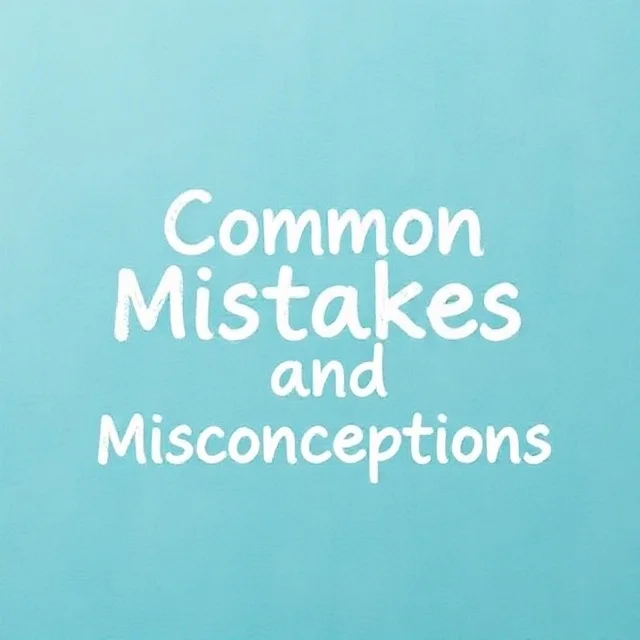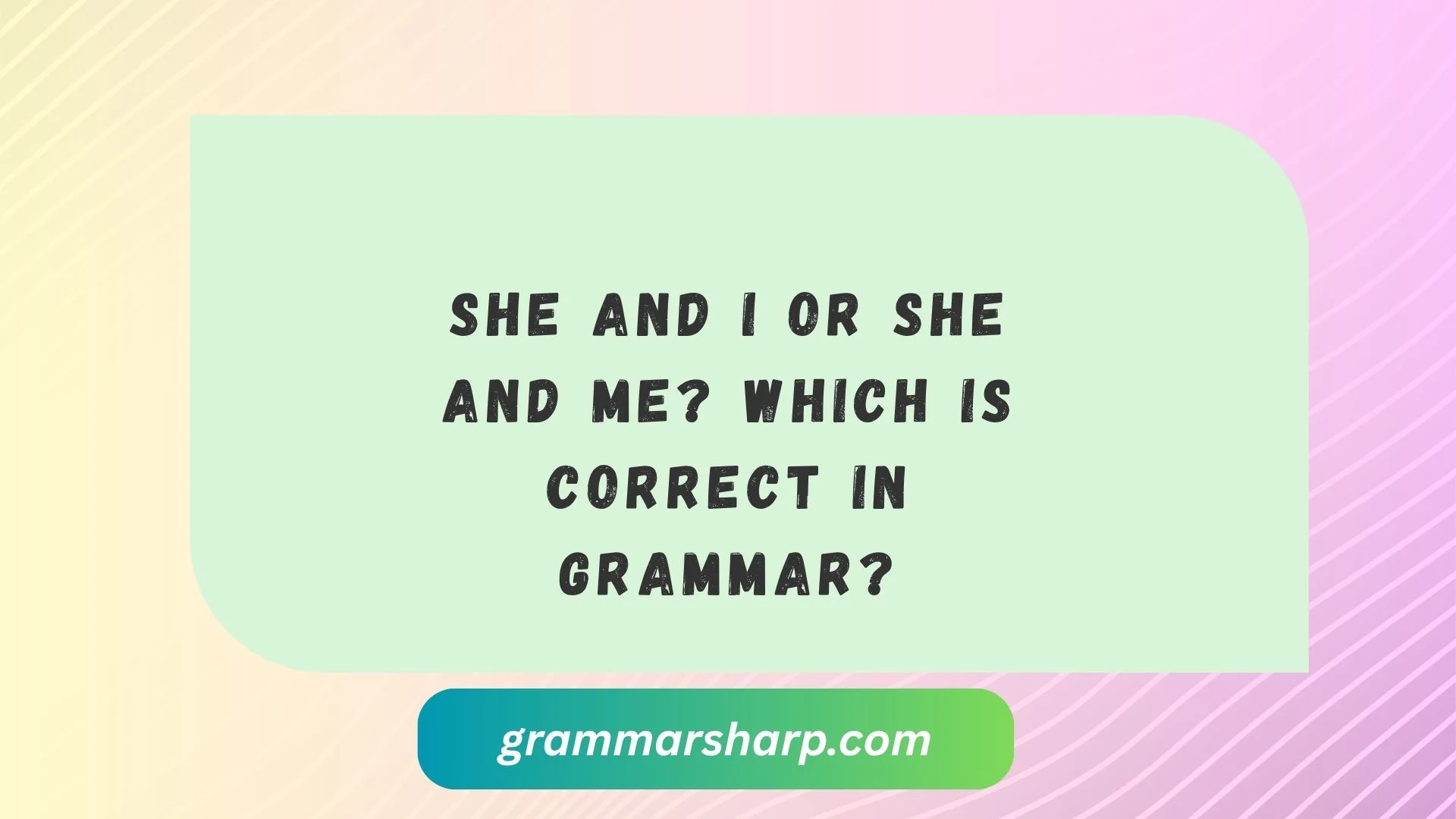Have you ever paused mid-sentence, unsure whether to say “She and I” or “She and Me”? You are not alone. Even native speakers stumble over these pronouns. Choosing the wrong one can make your writing or speech sound awkward or incorrect. Grammar experts emphasize that mastering these small details can elevate your communication instantly.
In this article, we’ll break down the confusion, explain the rules clearly, and give you practical examples. By the end, you’ll confidently know which to use and why. We’ll explore the basics of pronouns, common mistakes, quick reference tables, and real-life examples so that you can apply the rules in everyday conversation or formal writing.
Whether you’re drafting an email, writing an essay, or chatting casually, these rules matter. They can also prevent embarrassing grammar mistakes in professional or social settings. With clear tips, tricks, and examples, this guide will make your English precise, natural, and fluent.
Understanding the Basics of Pronouns
Pronouns are words that replace nouns to avoid repetition. They can act as subjects or objects in sentences. Understanding the difference is essential to know when to use “She and I” versus “She and Me.”
- Subject pronouns: I, he, she, we, they
- Object pronouns: me, him, her, us, them
Examples:
- I went to the store. ✅ (subject)
- He saw me at the store. ✅ (object)
A simple rule: if the pronoun is doing the action, it’s a subject. If it’s receiving the action, it’s an object. This distinction forms the backbone of correct pronoun usage.
When to Use “She and I”

Use “She and I” when the pronouns are the subjects of a sentence. Subjects perform the action of the verb.
Examples:
- She and I are going to the park.
- She and I finished our homework early.
- She and I will present the project tomorrow.
Quick Tip:
Remove the other person’s name to check if your sentence makes sense.
- I am going to the park. ✅
- Me am going to the park. ❌
This trick works in almost every case. If the sentence sounds wrong without the other pronoun, you’re probably using the wrong form.
When to Use “She and Me”
Use “She and Me” when the pronouns are objects of the sentence. Objects receive the action.
Examples:
- The teacher gave gifts to her and me. ✅
- They invited her and me to the party. ✅
- This message is for her and me. ✅
Notice the difference when we test it by removing the other pronoun:
- The teacher gave gifts to me. ✅
- The teacher gave gifts to I. ❌
This test is foolproof. Whenever the pronoun is receiving the action, use me instead of I.
Common Mistakes and Misconceptions

Many people incorrectly say “She and I” in object positions due to overcorrection. Social media, casual speech, and informal writing often confuse these rules.
Typical errors:
- She gave it to John and I. ❌
- The award was given to Sarah and I. ❌
Why this happens:
- People want to sound “formal” or “correct.”
- Influence of grammar myths: “I is always more polite.”
- Confusion between subject and object roles.
Real-life example:
A student wrote in an email:
“Could you send the files to Sarah and I?”
Corrected version:
“Could you send the files to Sarah and me?” ✅
Understanding the role of the pronoun avoids embarrassment and keeps your writing professional.
Quick Rules to Remember
To simplify your grammar, follow these three easy rules:
- Rule 1: Use I when the pronoun is a subject.
- Rule 2: Use me when the pronoun is an object.
- Rule 3: Test by removing the other person’s name.
Here’s a handy reference table:
| Situation | Correct | Incorrect |
| Subject of verb | She and I went to the store | She and me went to the store |
| Object of verb | The teacher called her and me | The teacher called she and I |
| Object of preposition | The gift is for her and me | The gift is for she and I |
This table is perfect to glance at before writing or speaking, so you never get confused.
Fun Examples in Everyday Sentences

Here are some common sentences you might encounter:
- She and I are going to the movies tonight. ✅
- They invited her and me to the wedding. ✅
- She and I will handle the meeting agenda. ✅
- The presents were delivered to her and me. ✅
Even casual sentences benefit from correct grammar. It shows attention to detail and makes your communication clearer.
Also Read:Negligence vs. Neglect: Difference Explained (With
Tips for Mastering the Usage
Learning the difference between She and I and She and Me doesn’t need to be difficult. Here are some actionable tips:
- Read sentences out loud: If it sounds wrong, it probably is.
- Remove the other pronoun: Test sentences by checking how it sounds alone.
- Practice daily: Write sample sentences using both forms.
- Use grammar tools: Grammarly and Hemingway App can help spot mistakes.
- Learn from mistakes: Note every time you correct someone or yourself.
Consistency is key. Over time, proper usage becomes natural, even in speech.
FAQs
Is “She and me” ever correct?
Yes, when the pronouns are objects: “The award was given to her and me.”
Can you say “Me and she”?
No, this is grammatically incorrect. Object pronouns follow the proper subject-object order: “She and I” (subject) or “her and me” (object).
Why do people say “She and me” incorrectly?
Overcorrection and misunderstanding of formal grammar rules often cause this.
How to remember the difference quickly?
Remove the other name in the sentence. If it’s wrong, you’re using the wrong pronoun.
Is it acceptable in informal speech?
In casual conversation, people often say “Me and…” but professional or academic writing should always follow the correct rule.
Conclusion
The difference between “She and I” and “She and Me” boils down to one simple rule: subject versus object.
- Use I when the pronoun performs the action.
- Use me when the pronoun receives the action.
Always test your sentence by removing the other pronoun. This quick trick prevents common mistakes. By mastering this distinction, you’ll improve both your writing and speaking skills. Correct pronoun usage might seem small, but it signals precision, professionalism, and attention to detail.

